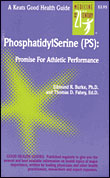 I was surprised when I cracked open this little plain-Jane booklet and found it packed with interesting information on everything from overtraining to ATP to stress to muscle soreness to anabolic steroids. The authors are Edmond R. Burke, Ph.D., and Thomas D. Fahey, Ed.D., both key researchers on a lipid known as phosphatidylserine, or PS.
I was surprised when I cracked open this little plain-Jane booklet and found it packed with interesting information on everything from overtraining to ATP to stress to muscle soreness to anabolic steroids. The authors are Edmond R. Burke, Ph.D., and Thomas D. Fahey, Ed.D., both key researchers on a lipid known as phosphatidylserine, or PS.
That’s precisely why the booklet is so interesting—because all of those subjects are tied to what PS does. So what is PS and what does it do? It’s a “phospholipid found in cell membranes and derived from soybeans.” The amazing thing about it is that it’s been shown in a number of studies to reduce cortisol, which is the stress hormone that can cause your body to use muscle tissue for energy.
One of the reasons anabolic steroids work so well at building muscle is that they negate the effects of cortisol. Does that mean that taking PS can give you the same results as taking steroids? Probably not, but, according to the authors, it’s been shown to reduce cortisol by more than 30 percent in hard-training athletes—and that means more muscle!
PS isn’t good only for your muscles; it’s also good for your brain. In the section on PS and aging, Burke and Fahey discuss research that shows how it works as a brain nutrient—that is, sharpening mental focus and counteracting some of the cognition loss associated with aging. That ancillary benefit is no doubt also related to suppressing cortisol, which has been linked to degraded brain function.
You may have read about research that links PS to improved testosterone counts. Although this booklet was written years ago, Burke and Fahey discuss that benefit as well: “PS helps stop the rise in adrenocorticotrophin hormone (ACTH) after exercise that leads to lower testosterone and increases in cortisol.” That’s very important for bodybuilders looking to build the most muscle possible—and burn fat. Testosterone, after all, has been shown help burn belly fat.
The authors also go into detail on the General Adaptation Syndrome of stress developed by Dr. Hans Selye, tying in the cortisol factor. The exhaustion stage in Selye’s model is when overtraining sets in, and PS can help prevent that. Burke and Fahey discuss ways of recognizing overtraining and the effects of muscle soreness. They cite a study showing that PS can actually reduce muscle soreness after a hard workout, another bonus.
At the end of the booklet Fahey and Burke discuss PS as an alternative to anabolic steroids. It’s information that may open your eyes and your anabolic receptors without your having to resort to dangerous drugs—and the perfect conclusion to a booklet full of interesting bodybuilding science and information.
Editor’s note: Phosphatidylserine (PS): Promise for Athletic Performance is available for less than a buck at Home-Gym.com. The popular PS supplement Cort-Bloc is also available there.












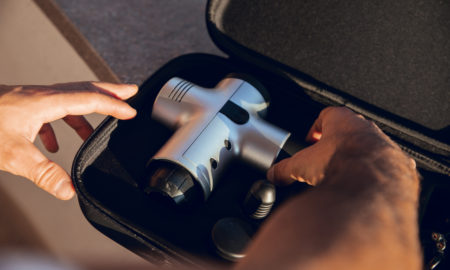

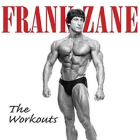

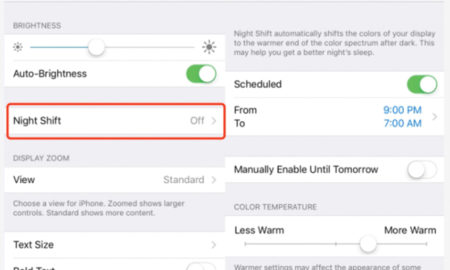

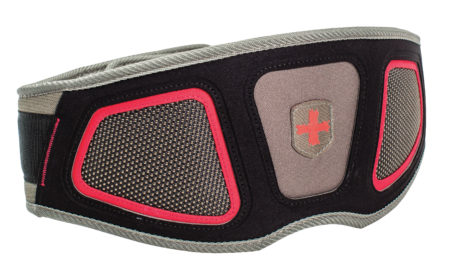
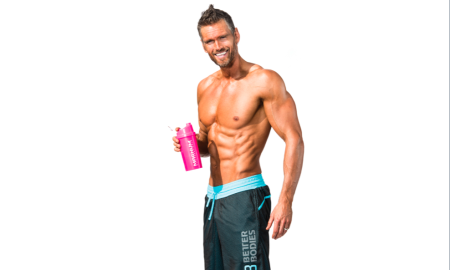
You must be logged in to post a comment Login